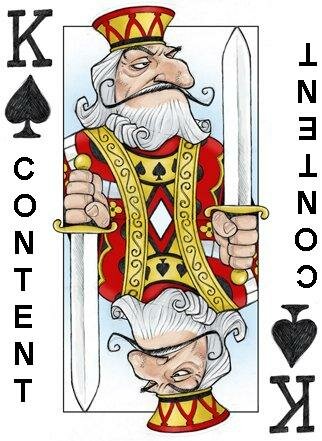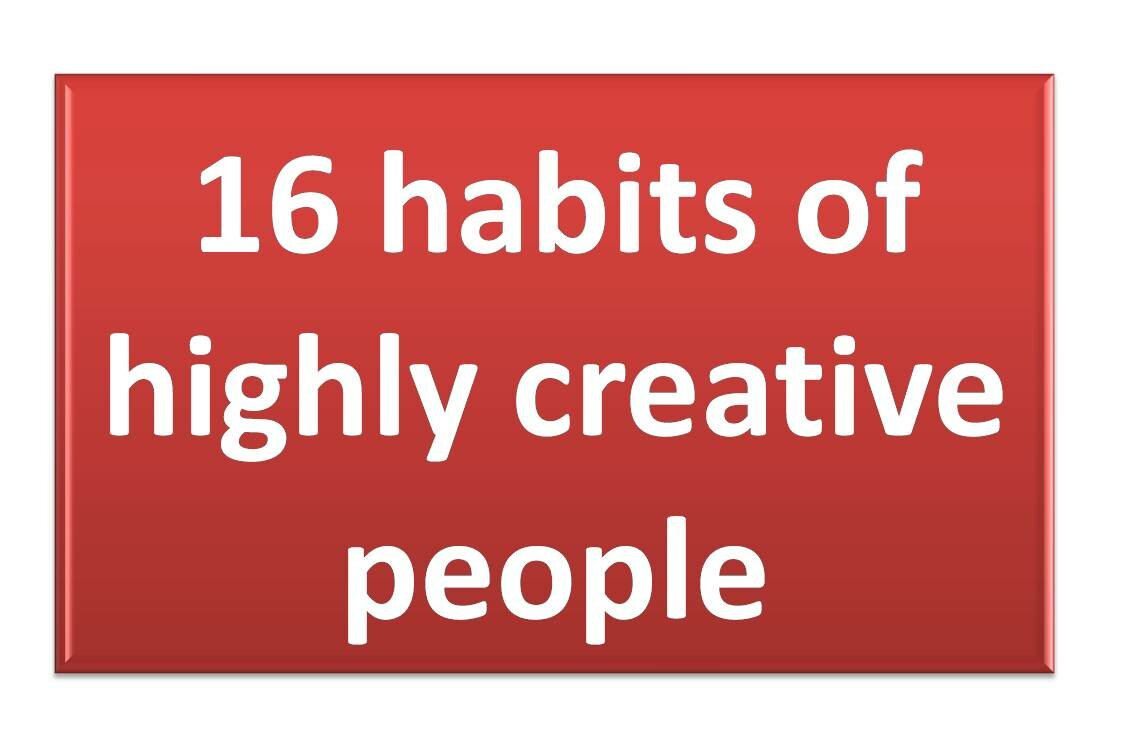A Blot on Wiki
|
|||||||||
Abhijit Bhaduri | Jul 30, 2009

I suppose the pyschologists and pyschiatrists – called “shrinks” in popular parlance – have their own code of silence. Once they are certified to practice, they are not supposed to give away the secret tests and techniques about how they figure out if the person lying on the couch is normal or abnormal depending on the response to the tests. To the person being tested this can evoke different feelings eg Awe or Aw (short for awful) and everything in between. So naturally people are anxious – which by itself could tell the shrink stuff about you that you don’t want them to know.
The personality tests are designed to provide insight into the human mind or at least the test takers mind. There are projective tests (open ended) and objective tests (with multiple choice answers). A projective test, lets you respond to ambiguous stimuli which could be pictures (Thematic Appreception Tests), sentence completion tests (eg. asking you to complete the sentence “I have always dreamt of …”) , drawing tests (eg asking you to draw a House Tree and Person) to presumably reveal your hidden emotions and internal conflicts.
When the physician advises me to go for my annual health check up there is this apprehension about what hidden time bomb might the tests reveal. If instead of physical health it is about mental health the wait for the final judgment is worse. In projective tests there is no right answer. So it is difficult for you to argue with the shrink. In the Adventures of Legionnaire Beau Peep comic, the shrink shows a card with a straight line drawn on it and asks Beau Peep what it reminds him of. Beau Peep says, “Woman”. The second card has some circles and triangles on it. “Woman”, says Beau Peep to the military shrink. The third card gets the same response and the shrink asks, “Why does everything remind you of a woman?”. Beau Peep retorts, “Who has been showing me the dirty pictures?”
The most popular projective test has been the Rorschach test, a series of 10 inkblot plates created by the Swiss psychiatrist Hermann Rorschach for his book ‚ÄúPsychodiagnostik,‚Äù published in 1921. (See one of them reproduced above). Quick look at it and tell me what you see in that inkblot. If you knew that the answer you had first thought of shows you to be, let us say, “disturbed and psychotic”, would you still articulate your first thoughts?

These inkblot cards have been around on the Net for a while – since 8 Dec 2007 on this site, for instance. The New York Times reports that psychologists are incensed that someone among them has loaded not only ALL the ten inkblot tests on to Wikipedia but also the most common answers for them.
“Yet in the last few months, the online encyclopedia Wikipedia has been engulfed in a furious debate involving psychologists who are angry that the 10 original Rorschach plates are reproduced online, along with common responses for each. For them, the Wikipedia page is the equivalent of posting an answer sheet to next year‚Äôs SAT.”
Magicians never tell their tricks. Or so you think. There are several sites (here’s one) that reveal secrets of magic tricks that a magician may take years to practice and demonstrate. Are you trying to deprive someobody of their livelihood by sharing their secret? Is that the adult equivalent of telling a two year old that there is no Santa Claus? Should some things remain shrouded in mystery?
There are sites such as Webmd.com that laypersons can access and learn from. You can know about the disease, the myths and facts, learn about managing the condition and know what to do about it. Here is a neat quiz about how to reduce your level of Cholesterol). Has the presence of this information reduced the earnings of doctors? The last time I stood in queue to meet my physician, it did not seem so. While knowing the full form of ADHD (Attention Deficit Hyperactivity Disorder) can make you look like Sigmund Freud to your co-worker, it will hardly impress your doctor or shrink. Besides everybody in the world does not read Webmd.com on a daily basis. MIT has made all its course material and lecture notes available to the whole planet for free. Check out this link and that has in no way impacted the number of people clamoring to join MIT anyway. The more zealously you protect information, the more people want to pry open the secrets. The more accessible it is, the less of a forbidden fruit value it has.
You may argue that if a criminal who has been “coached” on how to respond to the inkblot by his or her lawyer would escape detection. For that matter the Snellen’s Eye Chart is also available on Wikipedia. If you mugged it up before going for your drivers’ license, you could fool them into giving you a license, but you are the one whose life would be at risk. The smart trick would indeed be to not mug up the test (like in this case) and get the necessary glasses so that you do not make a spectacle of yourself. The test is not intended to be a lie-detector anyway.
So my advice to the fretting psychologists: relax. This too shall pass.
Read more articles by Abhijit at http://abhijitbhaduri.com
Filed Under: Miscellaneous
|
|||||||||


















